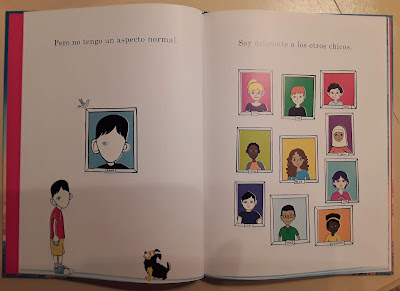Here are the top ten most-read posts on this blog during 2019:
10. #LW2019 Goosebump Learning - my presentation from Language World 2019. Don't know what goosebump learning is? Have a read!
9. Languages in the news - From the end of February / beginning of March when languages were all over the news thanks to a BBC report. I also wrote a second news post in July, following the publication of the Language Trends 2019 report.
8. Spirals and waves (updated) - a post from 2017 all about how to use Festisite to make word spirals, waves, eggs, hearts.... Have a go!
7. Primary Writing magazine - next steps
6. Primary Languages Writing Celebration magazine5. Write Away Paperwork - these three blogposts all deal with the inception, development and publication of Write Away! magazine, of which there are now 3 issues available to read. Do you fancy seeing what primary children write in their language lessons? Take a look!
4. A concertina-ed effort - a post from 2012 which tells you how to make concertina books.
3. Primary Languages White Paper - a post about the recommendations of the Primary Languages White Paper, which was published in March this year.
2. Wheel Decide - about the app Wheel Decide, which you can use to make spinning random word or sentence generators for use in class.
1. #LW2019 Sketchnotes - a post containing my sketchnotes from this year's Language World. I suspect its popularity is due to the inclusion of a sketchnote about the new Ofsted framework!




















































